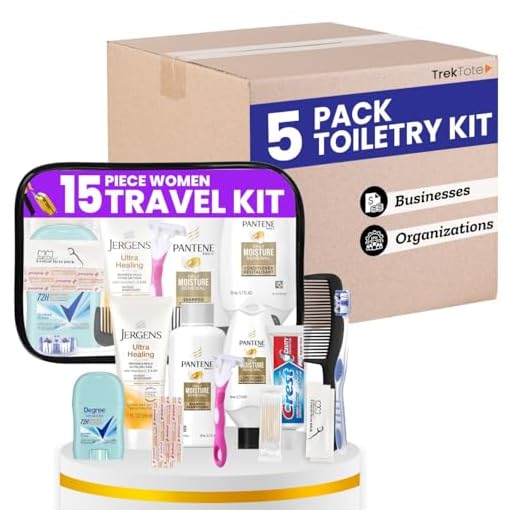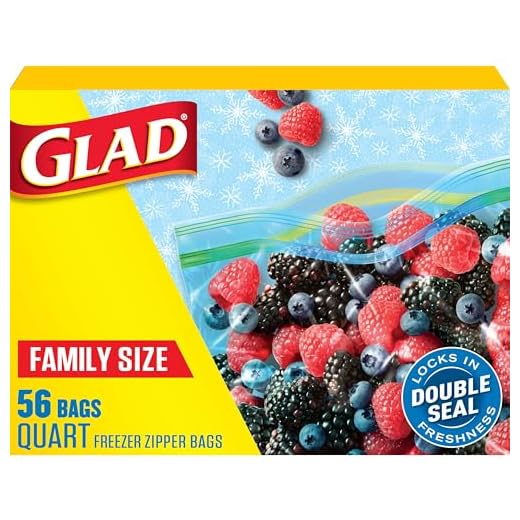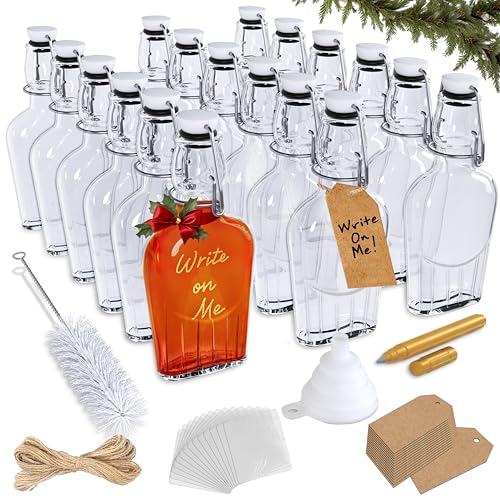





Containers that hold more than 100 milliliters are prohibited in your carry-on items. This includes drinks, creams, and gels. To bring these substances aboard, ensure each container does not exceed the specified limit and that all are placed within a clear, resealable plastic bag with a total volume not exceeding one liter.
Be mindful of specific items: Toothpaste, shampoo, and liquid medicine must comply with the volume regulations. Additionally, baby food and necessary medication are exceptions that may bypass standard limits, provided you declare them at security checkpoints.
Prior to travel, check updates from your airline and local regulations, as they can vary significantly. Properly adhering to these guidelines ensures a smoother experience when passing through security and increases compliance with safety measures.
Definition of Fluid Substances for Cabin Carry-On
Substances that are categorized as fluids and are restricted in cabin carry-on must fit specific criteria. These typically include all liquids, gels, aerosols, and pastes that can spill, leak, or ooze.
Examples of such items encompass water, juices, creams, lotions, and oils. This also extends to gel products, such as hair gel or toothpaste, and aerosol items like deodorants or cooking sprays.
Containers must not exceed a volume of 100 milliliters (3.4 ounces) per item. Furthermore, these are required to be stored in a transparent, resealable plastic bag with a maximum capacity of 1 liter (quart). Only one bag is permitted per individual.
Exceptions exist for necessary medications or infant supplies; however, proper documentation may be required for these instances. It is advisable to declare such items to security personnel for smoother processing.
Items like solid cosmetics and powdered products generally do not fall under these restrictions and can be carried in larger quantities.
Familiarizing yourself with these regulations helps ensure a hassle-free experience at checkpoints during travel.
Understanding the TSA Liquid Restrictions
To comply with TSA regulations, containers holding substances must not exceed 3.4 ounces (100 milliliters). These should fit comfortably into a single quart-sized, clear, resealable plastic bag. Each passenger can carry only one such bag. Items exceeding these limits might be confiscated, so it’s wise to transfer larger products into smaller bottles before travel.
Common products like beverages, shampoos, and lotions fall under these rules. Moreover, certain exceptions may apply for medications and infant formulas, which are allowed in larger quantities but must be declared at the checkpoint.
Consider utilizing a best backpacking waist pack for efficient storage of compliant items, keeping your essentials organized and easily accessible. Always be prepared to present your bag for inspection when requested.
Common Examples of Acceptable Liquids
Numerous items are permitted in carry-on gear, falling under the liquid category without issue. These include:
Toiletries
Shampoos, conditioners, and body washes, when kept in containers of 3.4 ounces (100 milliliters) or smaller, can be carried. Additionally, toothpaste, deodorant, and moisturizers are acceptable.
Beverages
Solid foods can be taken through security, but if you’re aiming to bring a drink, it must also be in a 3.4-ounce container. Consider sealable packs for ease.
Medication
Prescription and over-the-counter medicines are allowable in larger quantities, provided they are declared at the checkpoint. Always maintain original packaging for verification.
Cosmetics
Foundation, liquid eyeliner, and other make-up products can be included as long as they fit within the size limit. Transparent bags are recommended for easier inspections.
Other Acceptable Items
Items like contact lens solution and hand sanitizers are compliant, but must adhere to volume restrictions. Use travel-sized containers for convenience.
Prohibited Liquids: What You Cannot Bring
Travelers must be aware of restrictions regarding certain contents that are not permitted onboard. These items can pose safety and security threats and are strictly regulated.
- Flammable materials: Any substance that ignites easily, such as lighter fluid, paints, or certain aerosols, is forbidden.
- Toxic and corrosive substances: Chemicals like bleach, drain cleaners, or any corrosive acids are prohibited.
- Explosive substances: Fireworks, ammunition, and certain types of flares are not allowed.
- Sporting goods: Any sporting item that contains liquid fuel, like certain fuel-powered devices, is restricted.
- Large quantities: Containers exceeding 100 milliliters (3.4 ounces) are not permitted, regardless of the substance.
Failure to comply with these prohibitions can result in confiscation of items and potential fines. Always check with your airline or the relevant authority for updates before traveling.
How to Properly Pack Liquids for Security Checks
Utilize resealable plastic bags for transporting your fluids. Each container should not exceed 3.4 ounces (100 milliliters), fitting comfortably in a single quart-sized bag. Ensure that the bag is fully zipped and easily accessible for swift screening.
Label all bottles for quick identification, including any that may not be in their original packaging. This can expedite the security process. Organize your items by priority, placing necessary products at the top of your bag to simplify the screening procedure.
For items like creams and gels, consider using smaller containers that meet size requirements. This helps in managing space and reducing the chance of spillage during transit. Avoid packing liquids that are not required for your trip; bring only what is necessary to minimize hassle.
If you have any special items, like medications, keep them separate and have documentation ready to facilitate the screening process. Always check in advance for specific security policies at your departure airport.
For additional nutritional considerations, you may explore information on which nut has the highest protein to enhance your travel diet.
| Type | Container Size | Notes |
|---|---|---|
| Liquids (beverages) | Max 3.4 oz (100 ml) | MUST be in a resealable bag |
| Gels and creams | Max 3.4 oz (100 ml) | Use smaller containers to save space |
| Medication | No limit, but must be declared | Have a prescription or doctor’s note if needed |
Practice caution with your packing strategy; a well-prepared approach leads to smoother experiences at security stations.
Special Considerations for Travel with Medical Fluids
Always notify security personnel about any medical substances being carried. It is advisable to have documentation such as a doctor’s note or prescription, especially for larger quantities. Most airports allow you to bring these substances in excess of the standard volume limits, provided that you declare them at the checkpoint.
Types of Medical Solutions Allowed
Common examples include prescription medications in liquid form, inhalers, and certain dietary supplements that require liquid packaging. Ensure that these items are in their original packaging with labels intact. If you’re traveling with a cooler for temperature-sensitive medications, confirm with the airline’s policy on carrying such equipment.
Security Screening Tips
Pack medical substances in a separate, easily accessible bag to expedite the screening process. Prepare to undergo additional screening, which may involve opening the containers. Familiarize yourself with airport protocols regarding these items for smoother passage through security checkpoints.







